

Beet root weight increased with the application of black plastic mulch and Metarhizium brunneum
Sustainable Agriculture Student Research Project
Do black plastic mulch and Metarhizium brunneum interact to protect beets from wireworm feeding?Rachel Cassidy, Department of Sustainable Agriculture and Food Systems |
Introduction
Metarhizium brunneum strain LRC112 has shown promise as a biological control of wireworm. The fungus has low infectivity to wireworm at soil temperatures below 18℃, and infectivity and disease progression tend to correlate with temperatures above 18℃. Degree day models can be used to predict days to mortality.
Root crops are often planted well before spring soil temperatures reach 18℃, making them susceptible to early season wireworm feeding when M. brunneum is used for wireworm management. Delaying planting to allow soils to warm shortens the harvest window, reducing marketable yield. A possible alternative is to warm the soil with black plastic mulch.
Black plastic mulch is frequently used by vegetable producers to manage weeds, conserve moisture, and warm soils to promote early season growth. An experiment was conducted to evaluate effects of M. brunneum and black plastic mulch on wireworm damage to beets. We hypothesized that black plastic would promote earlier M. brunneum activity and reduce wireworm feeding damage.
Methods
Setup
The experiment was conducted on the KPU Farm in 2022. The experimental site had been used for potato production in 2021, with wireworm feeding holes observed in many of the harvested potatoes. A randomized complete block factorial design was employed with four treatments and six blocks (Fig. 1). Factors were M. brunneum treatment and black plastic mulch. Treatments were:
- Untreated control;
- M. brunneum without mulch;
- Black plastic mulch without M. brunneum; and
- M. brunneum with black plastic mulch.
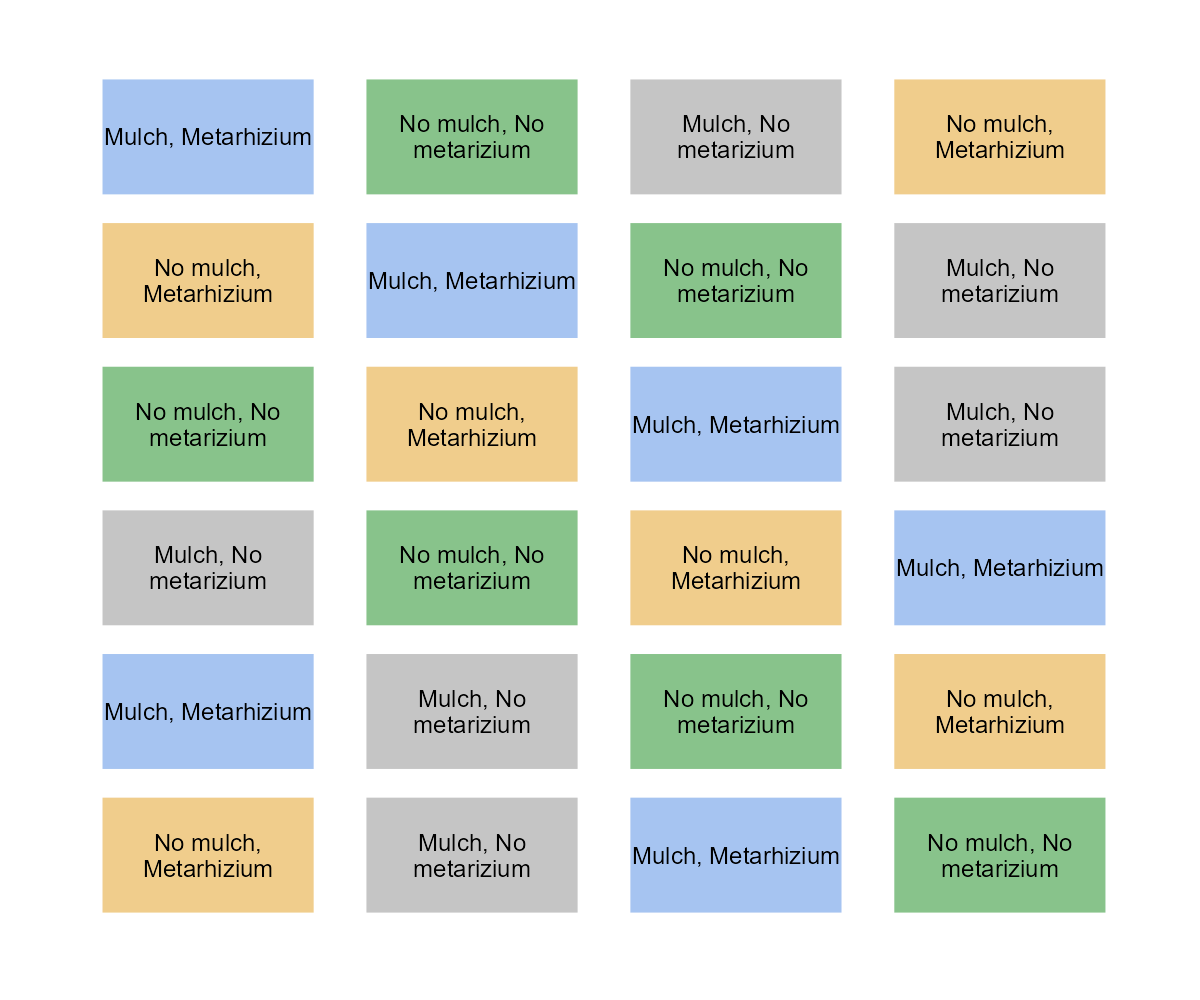
Figure 1. Treatment randomization, blocked by row. Top is north.
The experimental site was cultivated on 1 June to incorporate the winter cover crop. Plots measured 1 m x 3.3 m with a 1 m path between plots. M. brunneum was applied on 22 June with rolled oats as a wireworm lure (Fig. 2). Two bands were applied per plot, 10 cm deep. The target application rates was 5 x 1013 conidia per hectare. Two lines of trickle irrigation tape were laid through each plot before plastic mulch was applied on 29 June. Temperature data loggers were buried 10 cm below the soil surface in one mulched plot and one unmulched plot. Three rows of 3 week-old beet seedlings were transplanted into each plot between 6 and 13 July. Plants were spaced 15 cm apart in rows, with 30 cm between rows. Plots were irrigated as needed throughout the growing season.
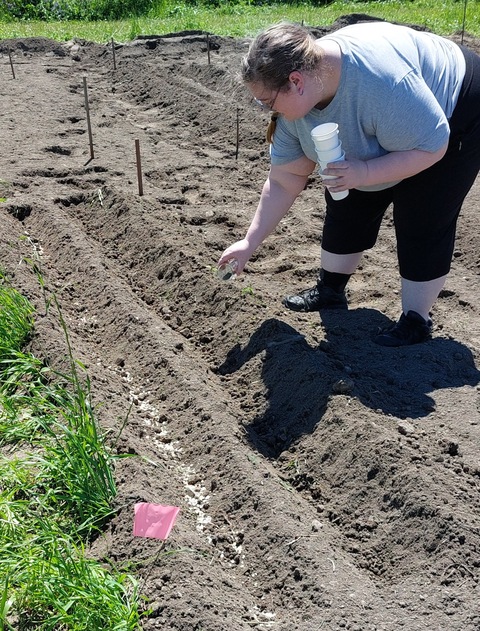
Figure 2. Application of M. brunneum and rolled oats on 22 June.
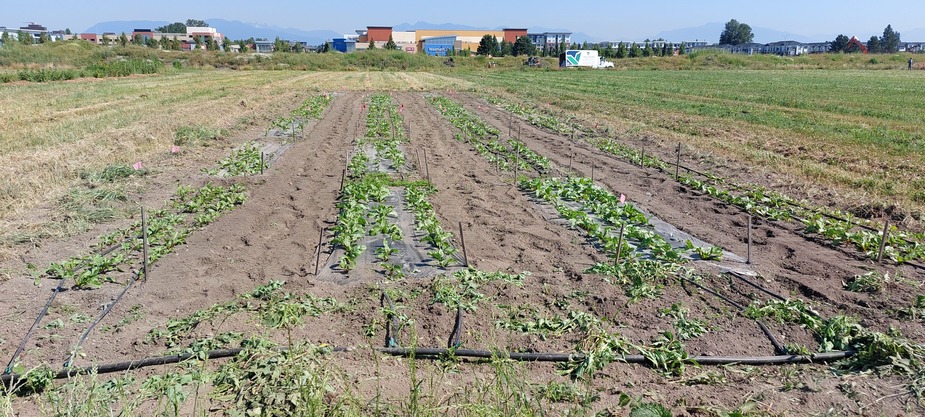
Figure 3. Experiment site on 28 July, looking north.
Data collection
Soil volumetric water content was recorded for three locations in the centre row of each plot on 31 August using a TDR soil moisture meter (FieldScout TDR 350, Spectrum Technologies). Ten plants were collected from the centre of the centre row in each plot between 31 August and 9 September. Root weight, shoot weight, and number of wireworm feeding holes was recorded for each plant.
Statistical analysis
Soil moisture and plant weight data were analyzed by mixed model analysis using the GAMLj package in the jamovi interface for R. Fixed effects were mulch and biocontrol, and block was a random effect. Two outliers were removed before analysis. A critical value of α=0.05 was maintained throughout.
Results
Soil moisture was higher in mulched than in unmulched plots (Table 1; F = 4.86, d.f. = 1,15, p = 0.043). No biocontrol effect, or interaction between biocontrol and mulch effects, was detected on soil moisture.
Table 1. Soil volumetric water content (VWC) in mulched and unmulched plots of beets. Means followed by the same letter are not significantly different.
| Mulch | Soil VWC ± SE |
|---|---|
| No mulch | 11.3 ± 1.1b |
| Black plastic | 14.3 ± 1.2a |
Beet root weight was higher in mulched than in unmulched plots (Fig. 4; F = 5.30, d.f. = 1,14, p = 0.038). The mulch benefit was only significant for plots treated with M. brunneum (Fig. 4).
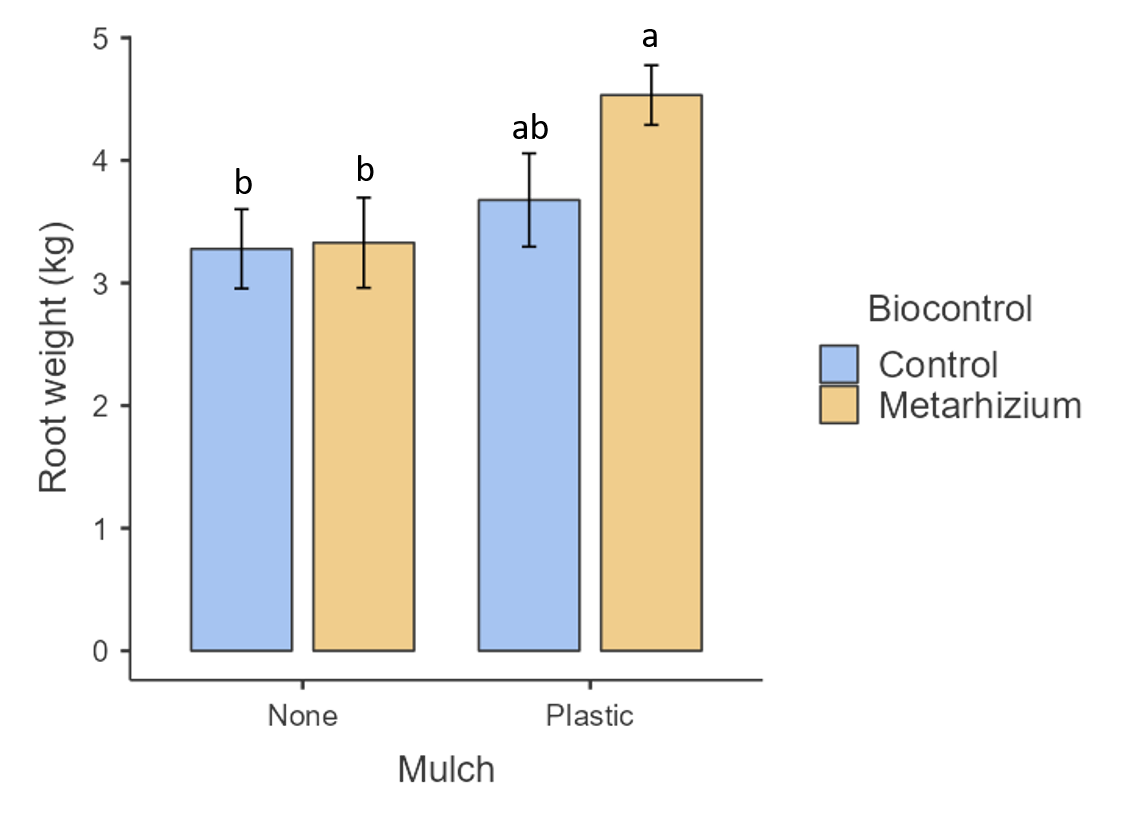
Figure 4. Weight of 10 beet roots in mulched and unmulched plots treated with M. brunneum (beige bars) or no biocontrol (blue bars). Error bars denote standard error around the mean. Bars labelled with the same letter do not differ significantly (α = 0.05).
No wireworm feeding damage was observed on the harvested beets. Beet survivial was excellent. No correlation was observed between soil moisture and beet yield.
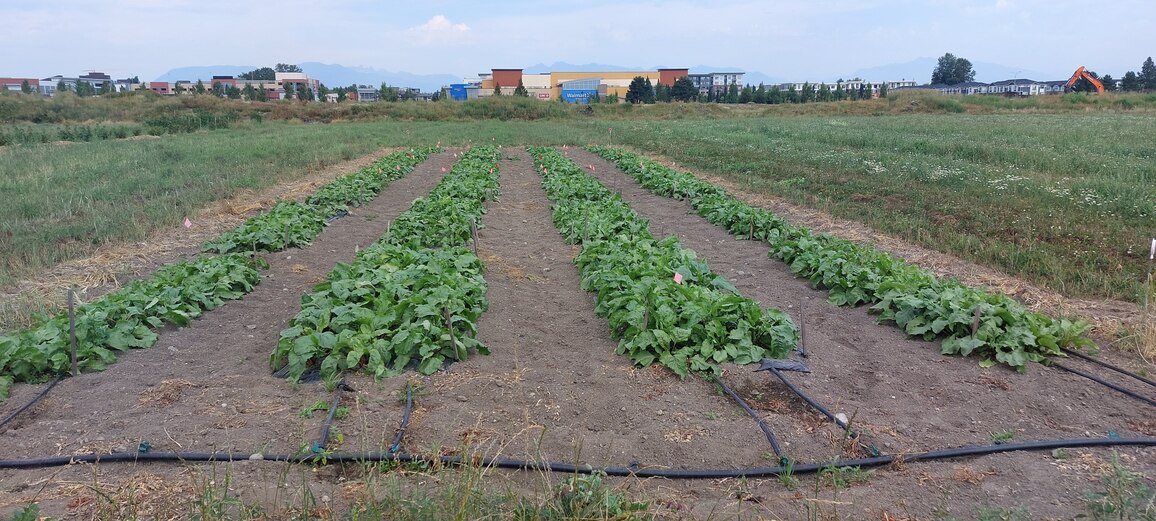
Figure 5. Experiment site on 12 August, looking north.
Discussion
The observed increase in beet yield when M. brunneum was applied in combination with black plastic mulch was consistent with the initial hypothesis that soil warming by black plastic mulch would promote fungal biocontrol of wireworm. The difference in beet yield could not be clearly attributed to wireworm feeding, however, because no feeding damage was observed on the beets. Wireworms were active at the experimental site in the year before the study, damaging a potato crop. Wireworm feeding early in the growing season may have contributed to the observed yield effect, but we saw no evidence of later feeding. Early wireworm feeding did not reduce beet survival, which was excellent in all plots.
Although the mulch retained soil moisture, the observed yield effect could not be attributed to soil moisture differences because no correlation was observed between soil moisture and yield.
Earlier planting of beets might have increased their susceptibility to wireworm feeding and heightened any temperature advantage offered by use of black plastic mulch in combination with M. brunneum. Future experiments should test black plastic mulch and M. brunneum biocontrol together in early season plantings of other wireworm susceptible crops.
Conclusion
Beet yield was higher when M. brunneum was applied to plots mulched with black plastic. No yield increase was observed when black plastic mulch or M. brunneum were used alone. This observation was consistent with the hypothesis that soil warming with black plastic would increase pathogenicity of M. brunneum to wireworm, but the difference in yield could not be clearly attributed to reduced wireworm feeding.
Download Raw Data
Acknowledgments
Todd Kabaluk (AAFC) provided M. brunneum LRC112 for this study. Andy Smith assisted with plot setup and supplies. The work was funded in part by Organic Science Cluster III.
